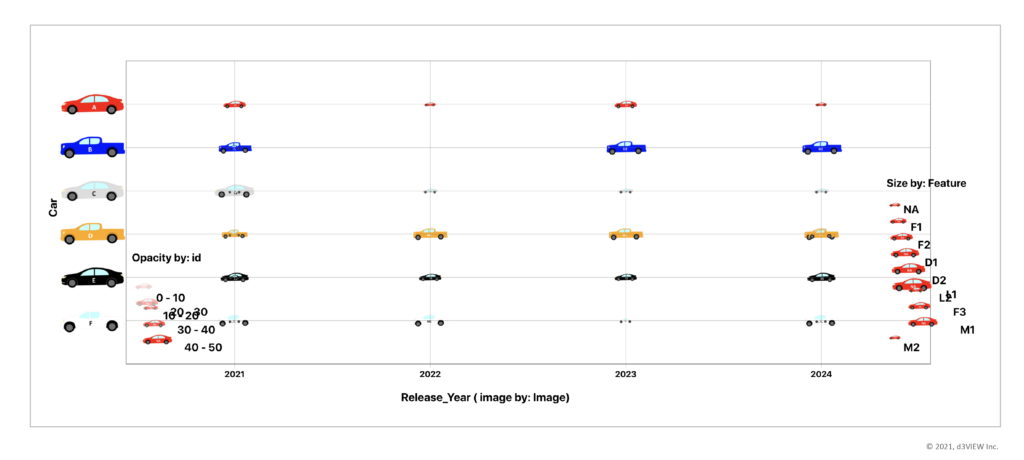Several analyses sometimes requires the mapping of nodal positions (coordinates) from a previous run for use in current run. For single component this is a rather easy task since it just involves writing a DYNAIN file for part(s) of interest using *INTEFACE_SPRINGBACK_LSDYNA keyword which would consist of final deformed nodal coordinates and element history variables. One major drawback with DYNAIN file is its inability to write information about nodes not used by the part referred in PSID. This causes issues for nodes used in other definitions such as *CONTRAINED_EXTRA_{OPTION} , beam third node, joint nodes, etc. Consequently, storing the deformed nodal coordinates using this approach or by any other external pre-processors soon becomes an issue. There are two options to map nodal coordinates. The first one is the ability to use the full-restart capability in LS-DYNA. This approach allows the mapping not just the nodal coordinates but also all other history variables. If the interest is only on the nodal coordinates, then the keyword *INTERFACE_COMPONENT_NODE is a more elegant approach that allows to define a set of nodes (any list of nodes) and using the “z=filename” at the command line argument during the first run to store the nodal information into a interface file whose default name is “isf1”. The file “isf1” is a binary file and consists of nodal coordinates of the node set at every output state which is specified using OPIFS in *CONTROL_OUTPUT. We won’t be using the ISF1 file directly but will only extract the nodal-coordinates for a particular state of interest (usually the last state). If only the final nodal coordinates are of interest, then using OPIFS can be set to ENDTIM. The binary interface file can then be used to extract the final nodal coordinates which can then be embedded into the second run. Using the interface force file approach, the element history variables can also be mapped using the “dynain” file (output using *INTERFACE_SPRINGBACK keyword) but without the nodal coordinates that is included in the “dynain” file.
Note: The process of mapping nodal coordinates using methods other than a full-restart fails if the subsystem of interest in the second run consists of new nodes whose information may not be available in the original run. I wrote a simple ‘C’ program that provides the conversion of the interface force file to a LS-DYNA format where the nodal coordinates are written for each time state of output specified using OPIFS. If you are interested in the program, feel free to contact me.















